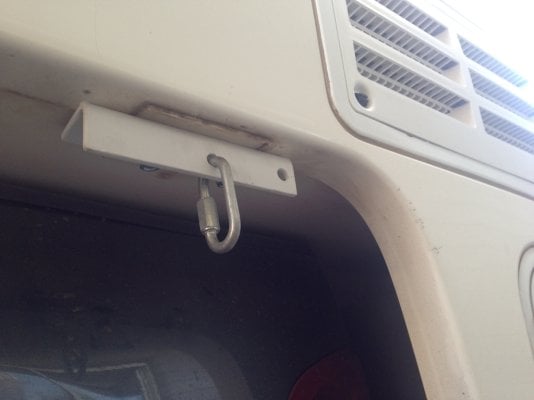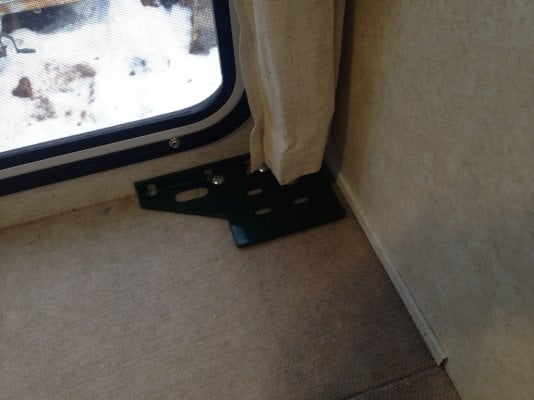coulter6
Member
I used the lower StableLoads on my F250 with Northstar T650. No air bags. I thought they worked very well handling the load. I installed them myself and not hard to do. I liked that I could disable the StableLoads when the camper was off the truck giving back the stock ride.

Also used the total frame mounted TorkLift system all around with FastGuns. Held the camper extremely well. Since I spent the money for the camper, I figured spending a little more extra for a solid mounting solution was worth it.



Also used the total frame mounted TorkLift system all around with FastGuns. Held the camper extremely well. Since I spent the money for the camper, I figured spending a little more extra for a solid mounting solution was worth it.




